Home Renovations & Exterior Repairs
Home Renovations & Exterior Repairs
Masonite siding was such a popular choice in America, but due to its tendency to rot and eventual discontinuation, huge numbers of homeowners are left wondering what to do next.
Keep reading to learn how to identify the common types of Masonite siding, explore the best replacement options, and get practical tips on how to maintain Masonite siding so it lasts as long as possible.
Last Updated 3/31/2025 | Siding

By understanding the risks of Masonite siding and knowing your options, you can make an informed decision about whether to maintain it for now, repair it even though patches wont look professionally repaired, or replace it with a superior product and finally put all this behind you.
So, what is Masonite siding? Hardboard or “Masonite,” as most people call it, was a type of siding developed as an alternative to either real wood or vinyl siding. Masonite was one of many companies that produced hardboard siding. What is Masonite hardboard siding made of? It was made from a mixture of wood chips and resin, and it looked more like natural wood than vinyl. It was “supposed” to be lower maintenance than its counterparts and last longer; however, time showed that this product was not living up to its hype. After about 20 years and class-action lawsuits, it is no longer manufactured.
Masonite siding, once a revered choice among homeowners for its wood-like appearance and affordability, has a complex history. This section aims to provide a comprehensive understanding of Masonite siding, highlighting its rise, the challenges it faced, and its eventual decline.
As I stated above, Masonite was a wonder product. Cheap and easy to install, that’s what caught builder’s attention as they started installing the product everywhere. Fast forward to the present and the headaches started to add up.
Masonite siding revealed significant durability issues. Homeowners started encountering problems with the product becoming water damaged. This issue was so widespread that it led to class-action lawsuits, significantly tarnishing the reputation of Masonite siding. The lawsuits highlighted the material’s failure to live up to its promises of longevity and low maintenance, leading to its decreased popularity and eventual discontinuation.
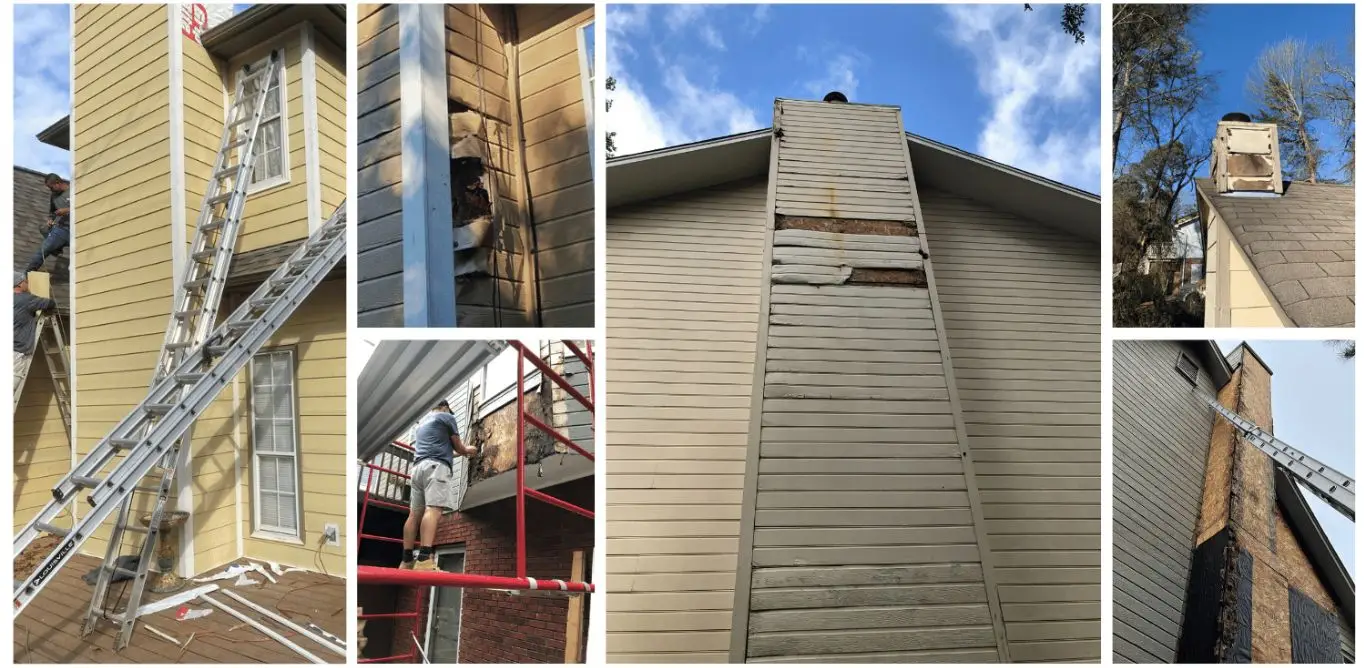
In my opinion, Hardie Siding is one of the very best options for replacing Masonite siding. The discontinuation of hardboard siding left many homeowners in a dilemma. Those who had this siding installed on their home face the challenge of trying to find suitable replacement materials all in vain as there isn’t a true match. The unavailability of Masonite siding also posed difficulties in repairing or maintaining existing installations, forcing homeowners to consider fully replacing their siding completely while others work to replace individual sections as the material continues to rot on their home.
This historical context is crucial for homeowners currently grappling with Masonite siding issues. It offers insight into why they might be facing certain problems and helps in making informed decisions about maintenance, repair, and replacement.
If you think you have Masonite siding installed on your home but aren’t quite sure, use this simple guide to identify what it’s called.

Triple Four masonite is identified by measuring how many laps are in each twelve inch section. It will have three laps. Each lap will be four inches wide and that’s where we get the name. It has three, four inch laps per piece.
The same concept as Triple Four is used for Double Six masonite. It is identified by measuring how many laps per twelve inches. This siding will have two six inch laps per piece.
Smooth Masonite can look at lot like Hardie siding. Because of that it can be hard to identify. Luckily I have two easy methods
Use the blade of a pocket knife to poke into the siding. If it gives at all, bingo, you have Masonite. If it is really hard and feels kind of like stone or cement, you probably have Fiber Cement Siding.
The other is to look for bubbling paint at the bottom of the laps. The closer to ground level the better. A lot of Masonite that is installed close to the ground starts to rot. You’ll know it’s not Hardie because it simply doesn’t rot.
On a side note, the fact that Hardie lap siding looks a lot like Smooth Masonite makes Hardie a great repair option
Carolina Bead Masonite looks smooth and has a small bead at the bottom of the lap. Each lap is around seven and a quarter inches wide.
T1-11 Masonite looks like traditional plywood panels. They are installed in large 4’x8’ sheets. If you have this type of masonite, you’re in luck because T1-11 Plywood siding is also made and look like a reasonable match when a repair is made.
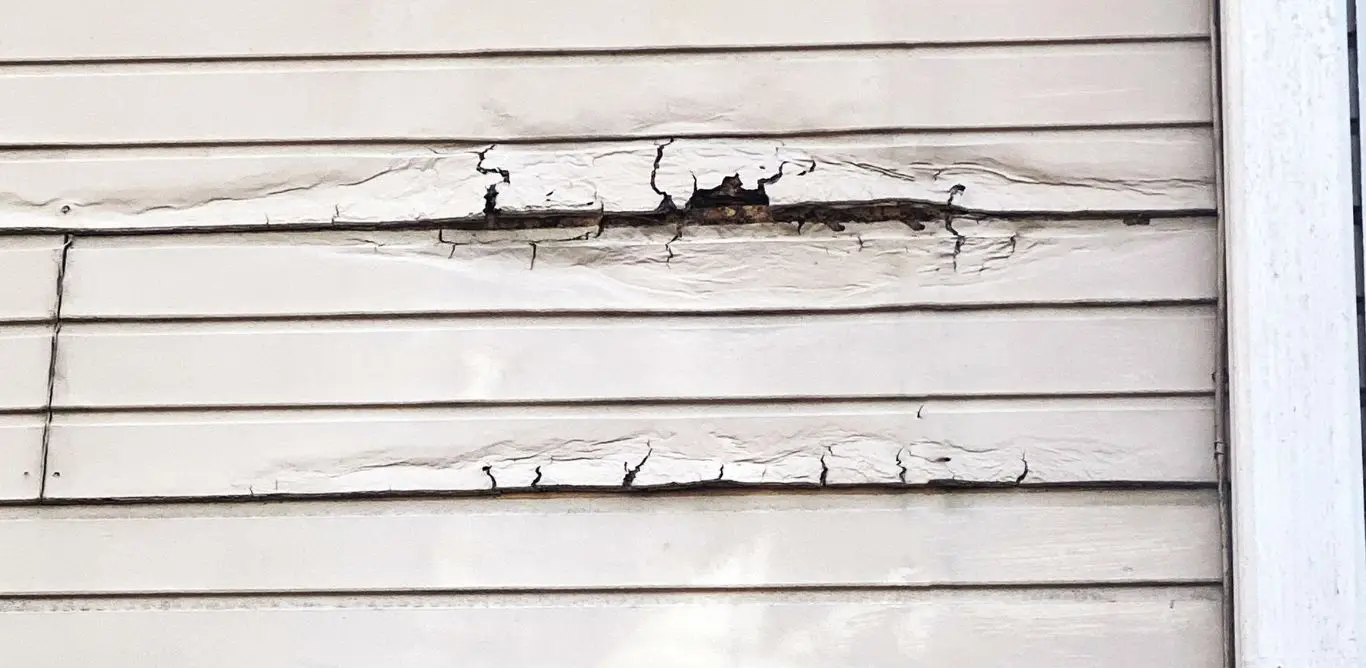
For homeowners asking “Can Masonite siding be repaired?”, I have a few tips to offer practical, temporary fixes that are quick and cost-effective solutions to address issues. These measures provide immediate relief and can help maintain the integrity of your siding until you’re ready for a full replacement. Feel free to reach out to our skilled Masonite siding repair experts if you’re not comfortable making these repairs yourself.
Fixing your hardboard siding the right way is super important. Doing it wrong can cause big problems and cost a lot more than getting an exterior repair pro to fix it.
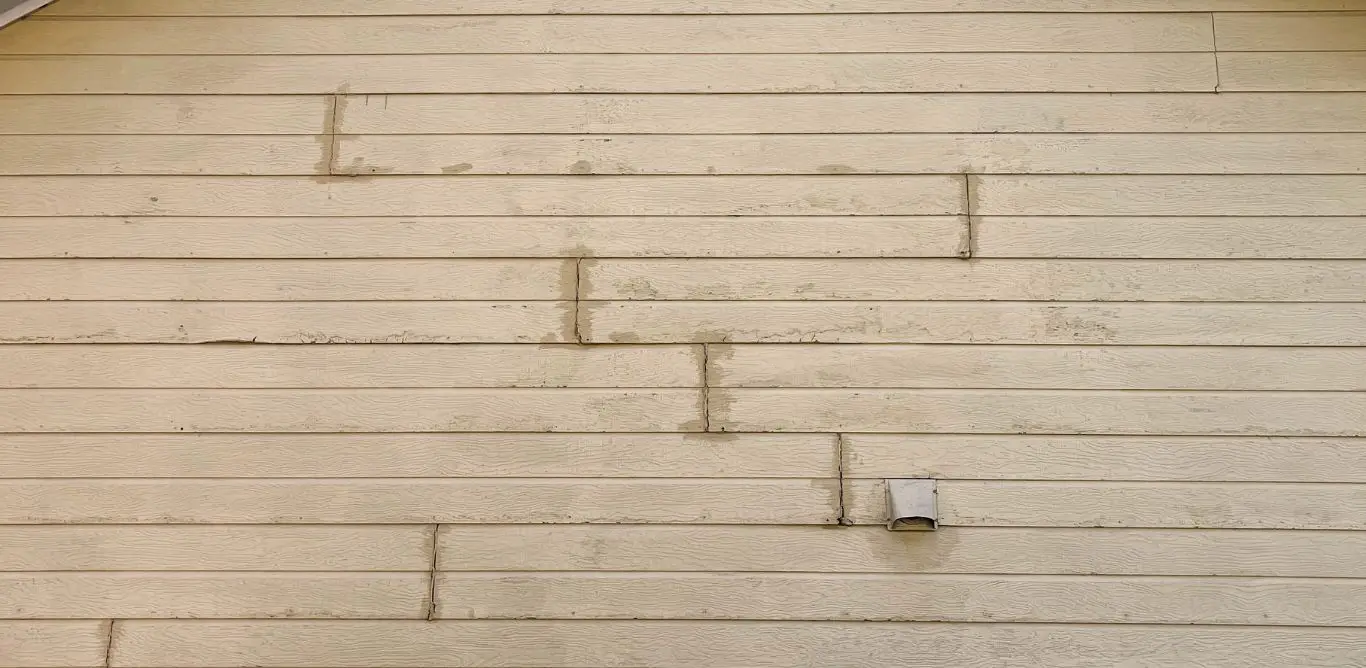
The hard truth is that Masonite siding is totally discontinued. It hasn’t been sold for years and all stocks are completely sold out.
No, Masonite is made of wood chips and resin and it doesn’t need extra personal protection equipment to work with other than standard PPE. The product is similar to OSB plywood but uses much smaller wood chips that are basically sawdust.
No “Hardie” is a brand of cement fiber siding that is far superior in every way. Hardie is completely water resistant, doesn’t rot, and lasts for 40 years or longer. Hardie siding is my personal recommendation for any homeowner who wants the best siding replacement material.
Assuming you want Hardie siding installed, small spot repairs can be $3000 to $5000, Replacement of sections can be $5000 to $15000, and Full home Replacement can be $25000 to $60000. There are a ton of factors that go into the cost of a siding job such as structural damage, condition of sheathing, square footage, number of stories, and ground access. The only way to get a true number is to give call a professional so they can evaluate your particular situation but I hope this information helps you understand the ballpark numbers involved.
Yes! If you have masonite siding, I would encourage you to drop everything and get it painted right now. Paint is the best way to keep water from damaging your siding. It’s important to know that painting over rotten masonite won’t help in any way. Rotten spots must be repaired before you paint.
It truly is discontinued and there isn’t a suitable replacement in my opinion. There are replacement options that include, cement fiber siding, wood, and vinyl.
Masonite siding is discontinued, and patch jobs just don’t work. If your siding is swelling, rotting, or falling apart, it’s time for a real solution. At Home Repair Service, we specialize in Masonite siding replacement—whether you need to replace one section at a time or re-side your entire home. We’ll help you choose the best material for durability and curb appeal, so you never have to deal with Masonite’s headaches again. Check out our siding services and see if we’re the right team for your project!
How to patch masonite siding
Not to worry! While there is not always a one-for-one replacement option, here are strategies you can use to fix your siding problems, feel free to reach out if you’s rather have Home Repair Service replace it for you.
Some siding patterns can be matched after all. So, you might be lucky enough to have a small repair option.
You can always replace a section at a time. There is nothing wrong with spreading the project out to make it easier to afford. I can’t tell you how many clients have replaced their chimney siding with Hardie without replacing the rest of the house. Once it’s painted, it really looks great.
Seal and paint for now. It’s not a very pretty option but, let’s face it, sometimes we need to focus on stopping the leaks and damage in the short term to allow time to gather our budget for a better replacement option.
We’re the siding and deck repair experts in Birmingham, AL. Get a fast and easy quote for your siding repair today! Dial 205 858-1658
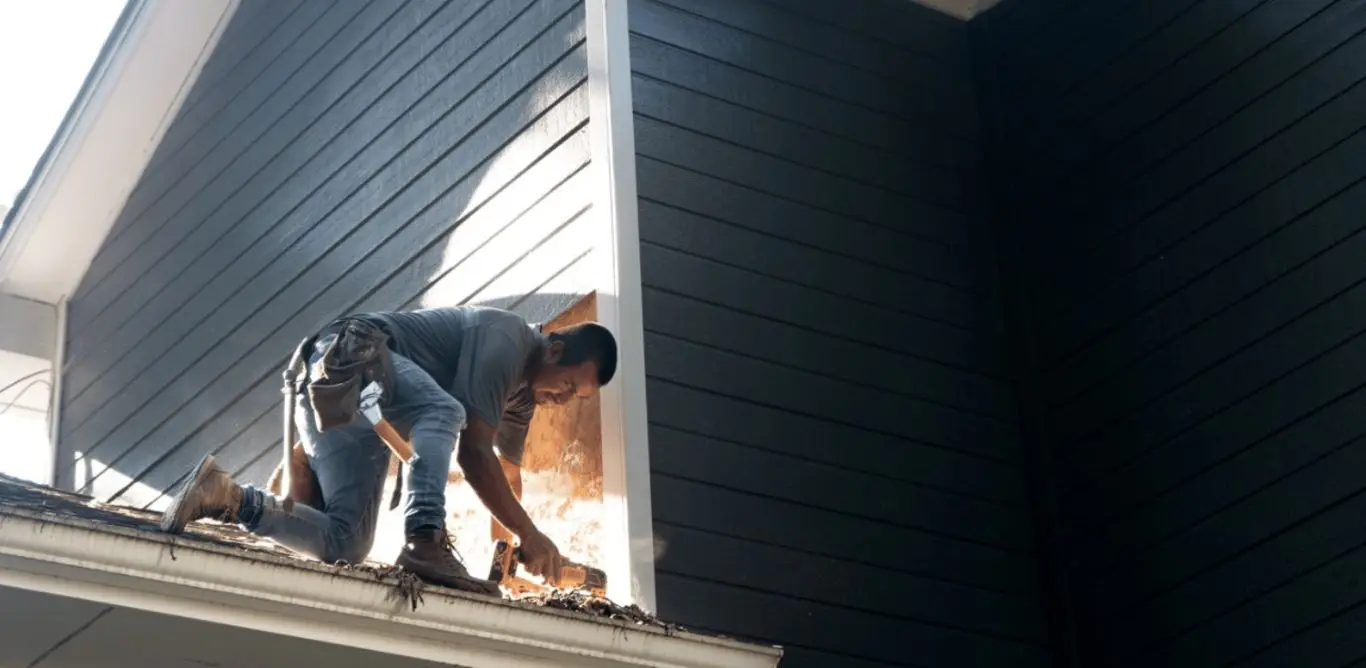
Some replacement options for you to consider are James Hardie Siding, Traditional T1-11 Plywood, Cedar lap siding, and Versetta Stone.
Concrete fiberboard is an excellent option to replace dated or rotten hardboard siding. Concrete fiberboard is a super-durable siding that looks amazing, is long-lasting, and comes with a great warranty. It is made of cement, sand, and cellulose fibers combined to create the ideal material to protect and beautify homes.
Hardie Board is also economical, and right now, it’s one of the most affordable options.
There are many styles to choose from, including; Lap, Shake, and Vertical panels.
If you are looking to sell your house in the near future, it’s a desirable choice for home buyers.
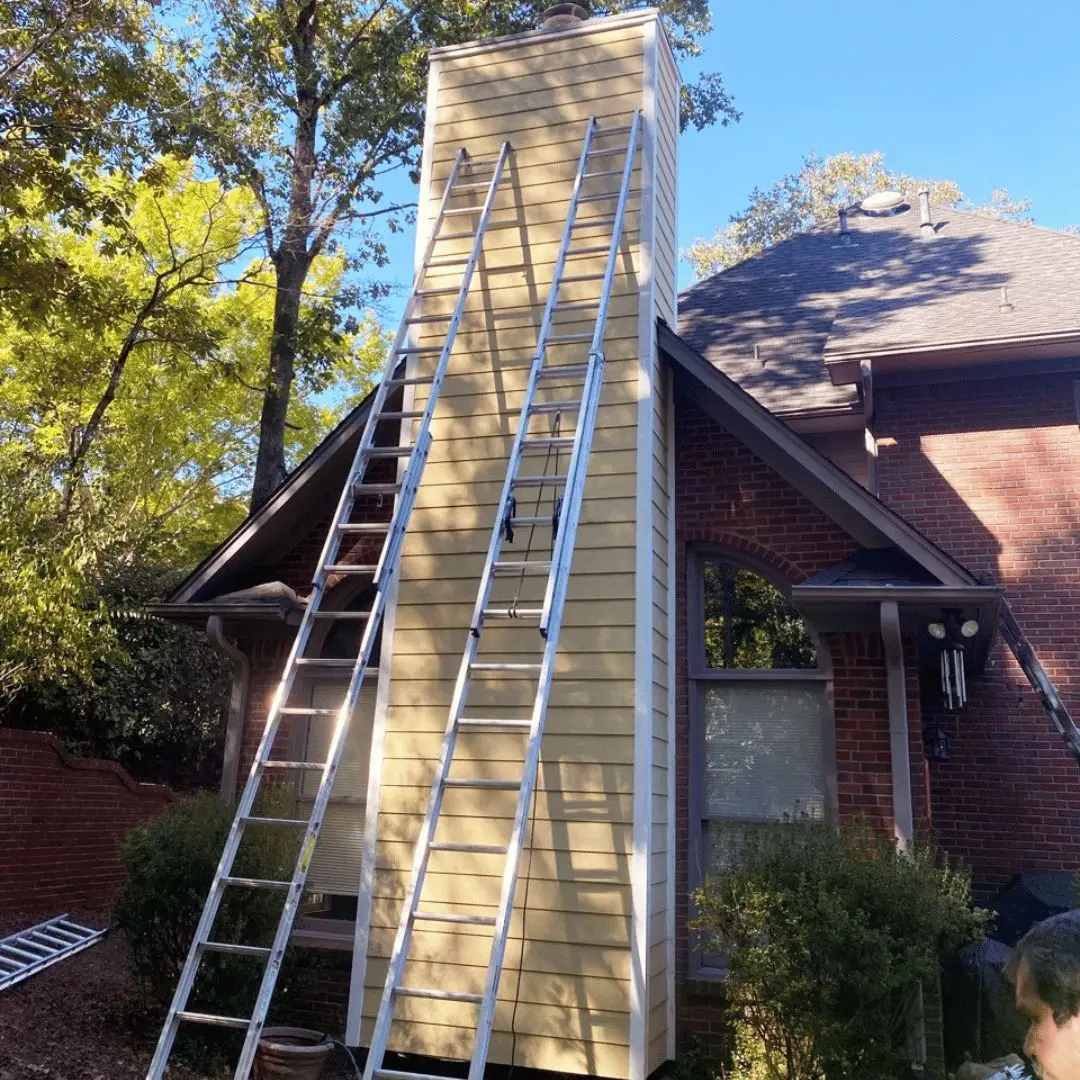
T1-11 Plywood is a low-cost option that is not vinyl siding
It has a solid, strong, quality look.
T1-11 Plywood holds paint very well, and when quality paint is used and maintained, it can last 30 or more years
It is fast to install and gives a traditional look to the exterior of your home
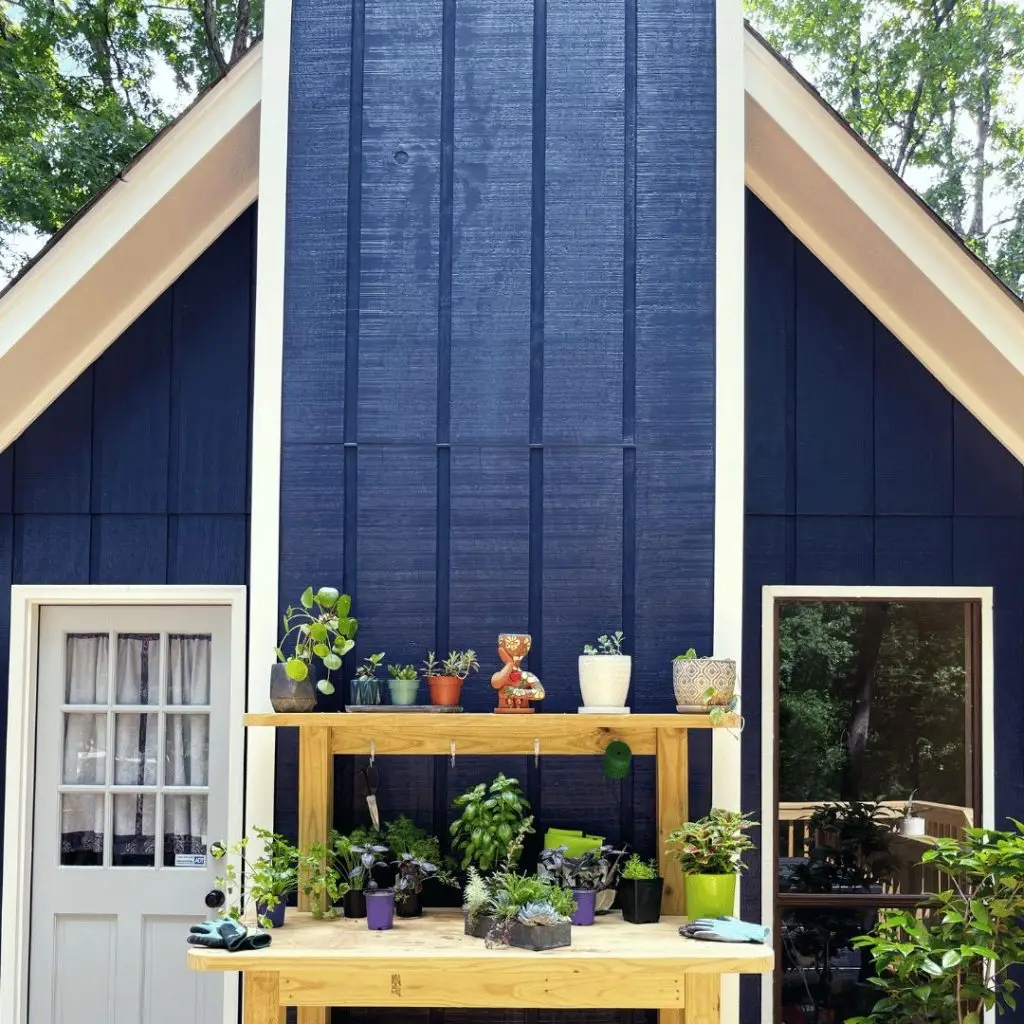
Versetta is a panelized stone system, installed like siding but without the mortar, mason, or mess of traditional stone.
Versetta Stone is a premium option.
It is a beautiful, modern, and luxurious look for the exterior of your home.
It can provide a fantastic accent to your home when used to highlight features like a chimney or the front section of your home.
Check our our comprehensive guide for the 9 Types of Siding You Should Consider As a Home Owner if you’d like to better understand your siding options
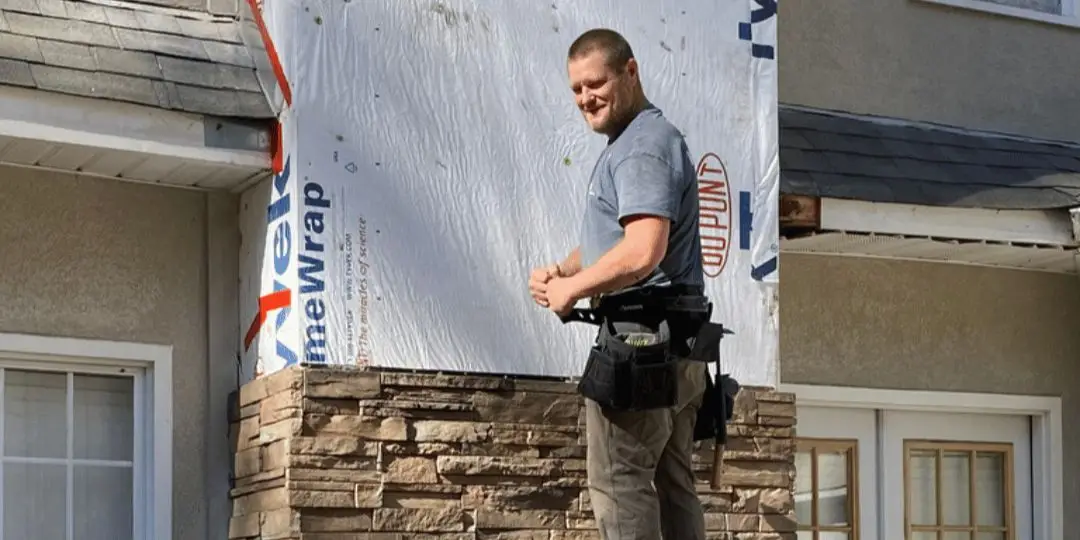
Home Repair Service is trusted by Versetta Stone as a preferred installer. We’ll make sure your home gets the care and attention it deserves. Find out more about us or call 205-858-1658 if you’re in need of a simple quote for your home exterior project
The collapse of the hardboard siding industry happened for a reason—Masonite and similar products failed to stand the test of time.
That said, I’ve seen firsthand that a lot of the damage comes from homeowners simply not keeping up with maintenance. If you have Masonite siding, you can’t afford to ignore it. You need to paint regularly, inspect often, and take care of any water stains, cracks, or damage immediately. Stop waiting until your whole house is rotting—take action now. Whether that means staying on top of maintenance, saving for replacement, or making a plan for the future, it’s better to be prepared than to deal with a disaster.
If you’re unsure of your next step and you live in the Birmingham, AL area, give us a call at 205-858-1658. We’ll help you figure out the best solution for your home. With over 40 years in the industry, we know what to do, how to do it, and what it will take to get it done.
Masonite siding can give your home a great look, but over time, it may need repairs or replacement due to moisture damage and wear. We specialize in restoring and upgrading Masonite siding to keep your home protected and looking its best. Check out our siding services below to see if we’re the right fit for your project!
Helpful Links